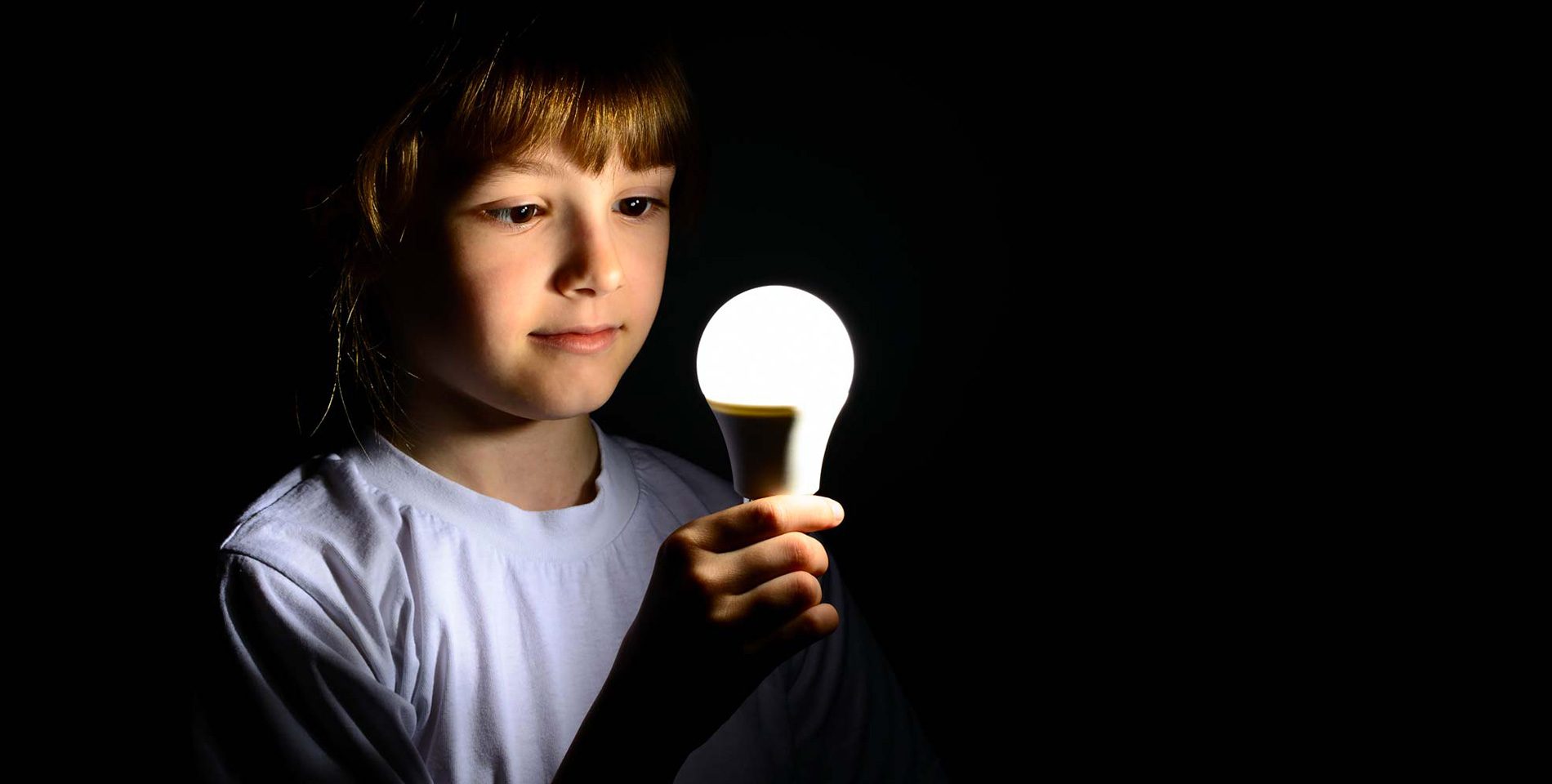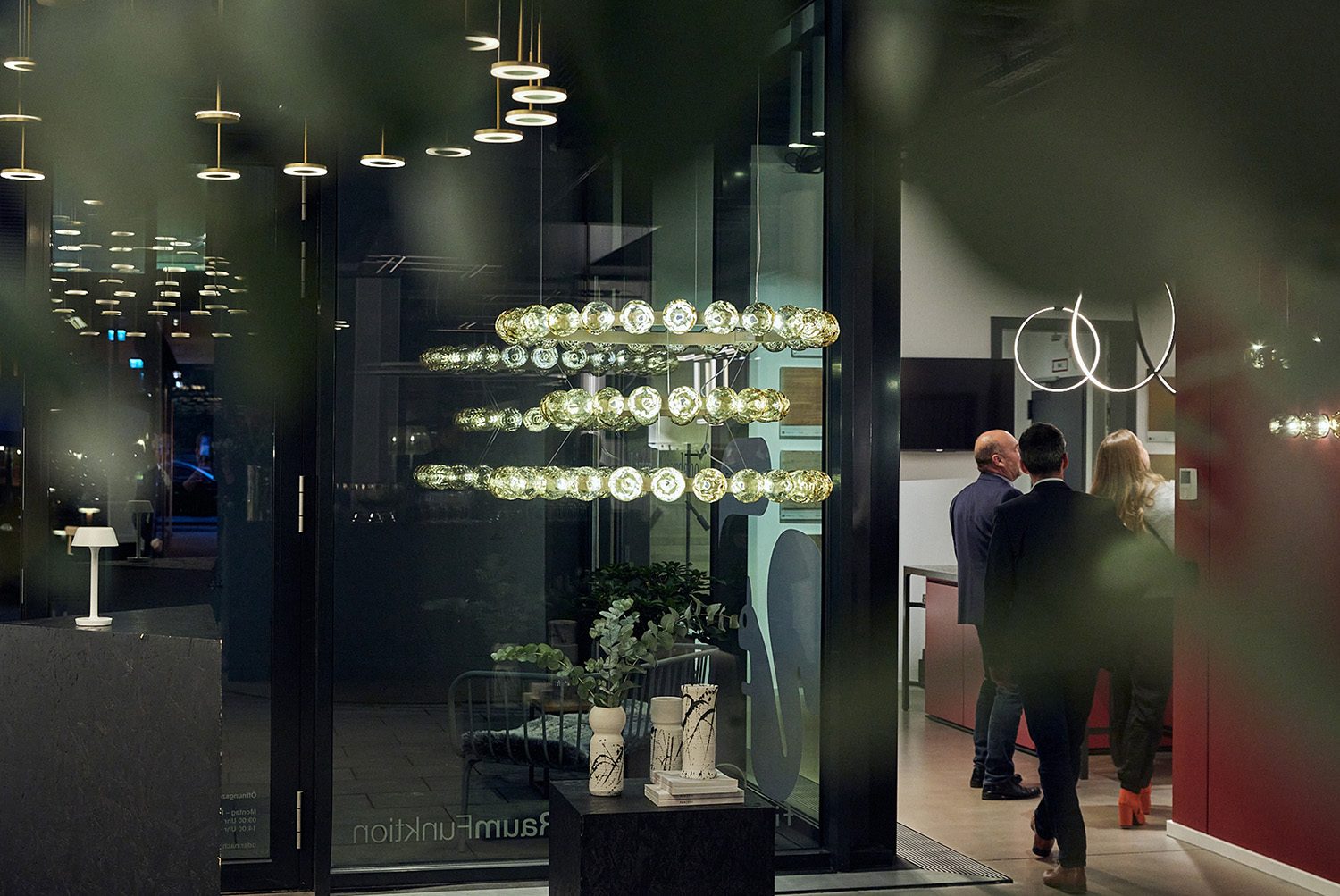
Wi-Fi won’t see the light of day, the light will obscure it
02/07/2018Light-point enabled connection: Li-Fi technology will replace radio frequency.
The Internet connection has become a utility like electricity or water: we use it every day for both domestic and professional use. The 2.4 billion smartphone web users in 2017 (source: Mobile Marketing Magazine) use hundreds of terabytes of data each month.
Currently, the most popular wireless Internet access method in the world is WiFi, which connect devices via radio frequency. However, radio waves have limitations in:
– Capacity: Radio wave broadcasts are scarce, expensive and belong to a narrow spectrum. They fail to respond to the continued increase in volume of data transmission.
– Efficiency: Antennas for radio waves consume a lot of energy, not really for the transmission of data as for the cooling of the base stations. The overall efficiency is only 5%.
– Availability: In certain environments, radio waves can create interference and security problems (e.g. aircraft, hospitals, etc.) and we are forced to turn off cell phones.
– Safety: Radio waves can cross walls and be intercepted by intruders.
Is there an alternative that can solve these four problems?
WHAT IS LI-FI: WEB AT THE SPEED OF LIGHT
“There are tens of billions of light points (light bulbs) in the world. Light is part of the electromagnetic spectrum, and has existed for millions of years; it has created the life and matter it is made of. Its use is inherently safe. So, what if we could use light for wireless communication?“ This is how German researcher Harlad Haas introduced the optical counterpart of Wi-Fi to the world in 2011.
The visible light spectrum is 10,000 times wider than that of radio waves. It is now possible for a LED light bulb to allow a data stream of 150 Mb per second and provide Internet access to devices designed for this type of connection.
Li-Fi, short for Light Fidelity, is a type of wireless communication using light as a vehicle for transmitting data received from devices equipped with specific optical readers.
LI-FI: HOW IT WORKS
chip in the light bulb converts the object into a Li-Fi light led router capable of transmitting 13.3 years of high definition video per second.
The LED light source transfers data through a stream of light turned on and off at such a fast frequency as to be imperceptible to the human eye. Receiver devices must be equipped with a light pulse receptor, an optical sensor such as the front camera of a smartphone or laptop.
Traveling at the speed of light, the Li-Fi connection can handle ten thousand times as much information as the Wi-Fi connection. In the near future, light will also become a key player in the world of data connections. Li-Fi is still being tested, but soon every light bulb will potentially be able to act as a vehicle for data transmission.
PROS: THE FOUR STRENGHTS
Speed is not the only strength of the Li-Fi connection. Here are the other advantages compared to Wi-Fi:
– No need of special antennas or infrastructures apart from a lighting installation.
– No fear of interference, as is the case with Wi-Fi radio frequencies. For this reason, it can be used in particular environments such as aircraft and hospitals.
– No crossing of walls, so the transfer of data is safer. It covers about 10 meters.
– No need of routers or external devices other LED bulbs.
CONS: THE OTHER FACE OF THE MEDAL
As with all things, there are also disadvantages in the Li-Fi:
– Li-Fi transmission does not work while the light is off.
– It is not compatible with Wi-Fi; so, it can only work with devices equipped with appropriate receivers.
– With the spread of Li-Fi, an increase in electricity supply tariffs is to be expected.
We are also involved in the technological revolution that is involving lighting and the whole world of building automation.
Read the other articles dedicated to Smart Lighting.
You might also like

Illuminating Culture to Design the Rebirth of the Country
Illuminating Culture to Design the Rebirth of the Country, Maurizio De Caro's editorial in view of the inauguration of the new exhibition section at the Certosa and San Martino Museum in Naples.
Find out more

L’Eccellenza Del Made In Italy
L’eccellenza del Made in Italy è stato al centro della discussione, e insieme a Matteo Thun sono stati sollevati gli elementi che distinguono il saper fare Italiano nel panorama internazionale. Avanguardia, tradizione e tecnologia sono sempre parte nel DNA dell’azienda Panzeri e si manifestano in ogni sua creazione. Photo Credits: Niklas Förster
Find out more